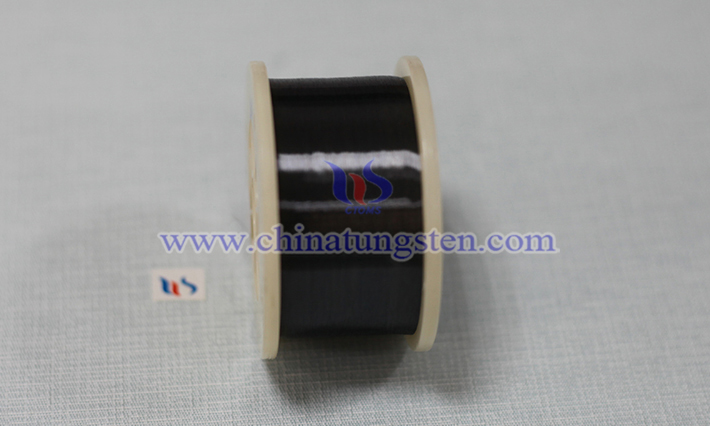Chemical Properties of Tungsten Wire for Glass Heating
- Details
- Category: Tungsten Information
- Published on Wednesday, 25 June 2025 18:22
- Written by Zhenghua
- Hits: 5
Tungsten wire is an ideal choice for glass heating elements (such as incandescent lamps, halogen lamps, vacuum tube heaters, etc.) due to its extremely high melting point (3422℃) and mechanical strength at high temperatures. Understanding its chemical properties is essential to ensure its stability and life in a specific environment.

Key Chemical Properties of Tungsten Wire in Glass Heating Applications:
1. Relative Inertness at Room Temperature:
Tungsten is very stable at room temperature and in dry air. It does not react significantly with air, water, most acids (including aqua regia) or alkalis. Table
2. Chemical Stability at High Temperatures
Tungsten wire exhibits good chemical stability in high temperature environments and is not easy to react with other substances. This property makes it an ideal material for glass heating because it can maintain structural integrity and stable performance under high temperature conditions.
3. Oxidation Reactivity at High Temperatures
Although tungsten wire has high chemical stability, it will react with oxygen at high temperatures to produce tungsten oxide (such as WO₃). This reaction will cause oxidation and corrosion of the tungsten wire, thereby shortening its service life. To avoid this, protective measures are usually required during the glass heating process, such as:
(1) Vacuum environment: reduce the presence of oxygen.
(2) Inert gas protection: such as using argon or nitrogen to fill the heating environment to prevent the tungsten wire from contacting oxygen.

4. Compatibility with Glass Components
Tungsten wire may also react with certain components in glass at high temperatures. For example, silicates, which are common in glass, contain oxygen, and tungsten wire may react with them to produce tungsten oxide. Although this reaction is uncommon, it will affect the performance and life of tungsten wire. Therefore, when selecting tungsten wire and glass materials, their chemical compatibility needs to be considered to minimize unnecessary reactions.
5. High-Temperature Reducibility
Tungsten is a good reducing agent at high temperatures. It can reduce metals from many metal oxides (such as cobalt oxide, iron oxide, nickel oxide, etc.). This is sometimes used to advantage in metallurgy, but can cause problems in glass heating elements if the sealing material or impurities contain oxides that are easily reduced.
- Chinatungsten Online: www.tungsten.com.cn
- CTIA GROUP LTD: en.ctia.group
- Tungsten News & Price: www.ctia.com.cn
- Molybdenum News & Price: news.molybdenum.com.cn
- Tel.: 86 592 5129696; Email: sales@chinatungsten.com





 sales@chinatungsten.com
sales@chinatungsten.com